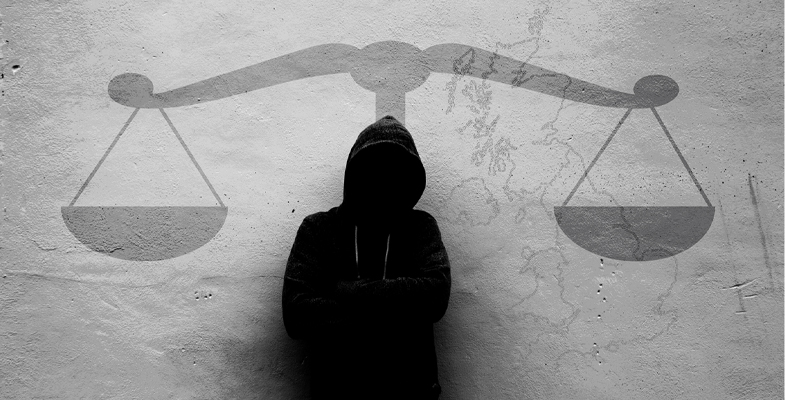3 Raising the age
In Session 1 you considered how out of step the jurisdictions of the UK appear to be from the rest of Europe and, indeed, much of the world when it comes to the age of criminal responsibility. Until recently, the only jurisdiction in Europe to have a lower age of criminal responsibility than England and Wales was Scotland. This reflects something of the common history and cultural priorities around welfare that took shape in the Children and Young Persons Act 1969 for England and Wales, and for Scotland, the Social Work (Scotland) Act 1968. The proposal in the 1969 Act to raise the age to 14 in England was shelved and then, in 1998, the Crime and Disorder Act formally endorsed the age at 10. In Scotland, for many years the primacy of welfare principles deflected attention from the fact that children as young as 8 years old could be prosecuted.
This is no longer the case and the next activity offers you some context on how and why the age of criminal responsibility in Scotland was raised from 8 to 12 years.
Activity 3 The age of change
Read this short BBC article about the proposal to raise the age of criminal responsibility in Scotland. It brings together arguments about raising the age that are gathering support in many countries, and will feature again in the next session of the course. The article indicates that reform of the age would affect only a small number of children. What do you think of this as a line of argument for keeping things as they are? Make some notes in the box below.
At what age should children have a criminal record? [Tip: hold Ctrl and click a link to open it in a new tab. (Hide tip)]
Discussion
The article presents some helpful and concrete background to the issues you looked at in Session 1, and will return to again. The Scottish Parliament has raised the age to 12 but some people would like to see it raised again. The argument that only a small number of children would actually be affected is one that surfaces sometimes in England, where there are currently no proposals to raise the age. It is undoubtedly difficult and probably impossible to establish exactly the ‘right’ age, but the symbolism is important. The age limit communicates general cultural values and social priorities.
Where do you stand on raising the age? The next activity may help you take a stand on an issue that is likely to be part of the story in youth justice wherever you live in the UK.
Activity 4 Top ten and high five
Discussion
One of the most interesting features of the move to raise the age of criminal responsibility in Scotland was that it appeared to have the overwhelming support of the public, with one survey reporting 95 per cent support. The arguments listed are far from comprehensive, but the weight of evidence and public sentiment suggests that England and Wales may follow this upward path when it comes to the age at which children can be prosecuted in a criminal court.
In the next section you return to the principle first outlined at the end of Session 1. This is the principle that listening to children’s voices and attending to their experiences should be central to any system of intervention.

